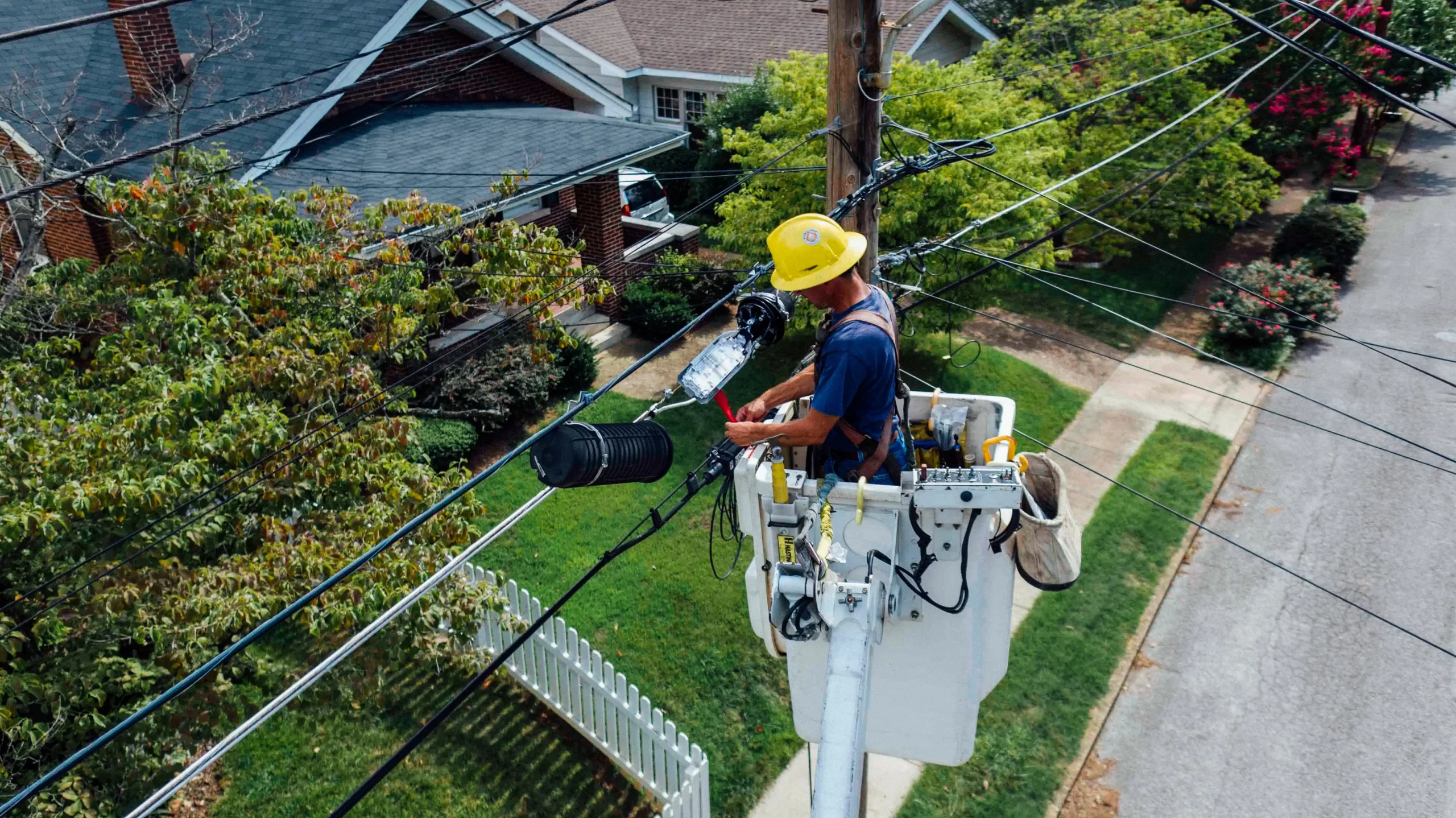Short-Circuit Currents in a power system introduce significant amounts of destructive energy in the form of heat and magnetic force. It’s a form of current that adds a lot of energy to a power system. It can either be in the form of heat or magnetic force. It’s a low-resistance energy path that bypasses part of a circuit and causes that portion to stop working. The accuracy and full understanding of the short-circuit fault currents that can occur, as well as the capacity of protective devices to interrupt these currents satisfactorily, are critical for the dependability and safety of electric power distribution systems.
Short circuit currents are the most important general threat to power distribution system components, and they are the primary focus of protection system development and implementation. Fortunately, short circuit currents are rather easy to compute. Three or four fundamental circuit analysis ideas can be used to determine the underlying nature of short circuit currents. These concepts will be presented and implemented in a sequential manner.
Short-circuit calculations are essential to correctly apply equipment in compliance with NEC and ANSI standards. Depending on the size and utility connection, the amount of detail required to complete these computations varies substantially.
A short circuit study is a thorough investigation, analysis, or evaluation of an electrical system to determine the number of currents that can flow during an electrical failure and correlate those values to equipment and short circuit protection device ratings.
It covers short-circuit analysis tasks for industrial and commercial power systems, such as design considerations for new systems, analytical investigations for existing systems, and operational and model validation concerns. A short circuit protection fault investigation is crucial in power systems.
Why is it important to conduct a short circuit analysis?
We can only try to prevent and alleviate the potentially destructive effects of short-circuit failures to some extent because they cannot always be avoided. A short-circuit analysis is necessary early in the development process to design an electrical system that minimises the risk of a short circuit. If a short circuit occurs, it must be mitigated by controlling the fault current’s undesirable magnitude while maintaining system service by isolating the fault area as small as possible.
Short-circuit studies, including power flow studies, transient stability studies, harmonic analysis studies, and so on, are critical for any power system. Short-circuit studies can be done at the planning stage to help with system layout, voltage level determination, and cable, transformer, and conductor sizing. After adding extra rotating loads, changing the system layout, rearranging the protective equipment, checking that the existing breakers are adequate, transferring the switchgear, and so on, fault analyses are needed for existing systems. Short-circuit studies can also be utilised in post-mortem investigation to reproduce the reasons and conditions that led to the system’s failure.
Short Circuit Analysis Services Advantages:
Conducting a short circuit analysis has the following advantages:
1) Assists in the prevention of unanticipated outages and downtime.
2) Is essential for avoiding catastrophic service outages.
3) Decreases the risk of equipment failure and fires.
4) It enhances security and safeguards people from harm.
5) Determines the amount and type of protective gear required.
6) Provides the information required for NEC and NFPA labelling.
7) Complies with the NEC’s criteria.
Why should you go with SAS Powertech?
SAS Powertech controls project communications and priority scheduling, anticipates contingencies, and maintains overall project quality, resulting in a combined team approach that is not only more cost-effective for our clients but also significantly decreases project stress.
We deliver the best Short Circuit Analysis Services to our clients by providing adequate training and end-to-end assistance to reduce short circuit issues in the systems, based on our years of experience.
Our service involves an electrical expert’s visit and data collecting on the facility’s various load circumstances on the job site. The obtained data is utilised to conduct a load flow study for various load situations, followed by a short circuit analysis to provide a report depending on the load.
The short circuit protection mechanism that was already in place was put to the test. Short circuit and fault At the HT, LT, PCC, and MCC levels, the system properly estimates current ratings. Short circuit protection can be redesigned based on the findings. By ensuring that the issue is isolated by the nearest safeguard, the facility’s uptime is increased.
SASPPL has been delivering Short Circuit Analysis services to its clients in India and Southeast Asia for over a decade. We’re known for being open about our results and providing balanced reporting. Our Short Circuit Analysis services and solutions are the most cost-effective, and they have helped clients reach their desired outcomes.



